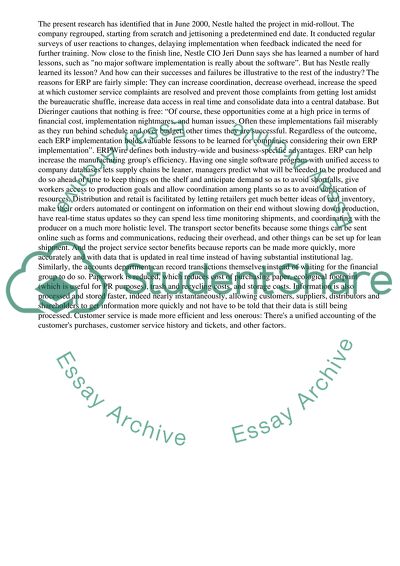Cite this document
(“Nestle and Enterprise Resource Planning Assignment”, n.d.)
Retrieved from https://studentshare.org/business/1409458-bussiness-systems
Retrieved from https://studentshare.org/business/1409458-bussiness-systems
(Nestle and Enterprise Resource Planning Assignment)
https://studentshare.org/business/1409458-bussiness-systems.
https://studentshare.org/business/1409458-bussiness-systems.
“Nestle and Enterprise Resource Planning Assignment”, n.d. https://studentshare.org/business/1409458-bussiness-systems.


